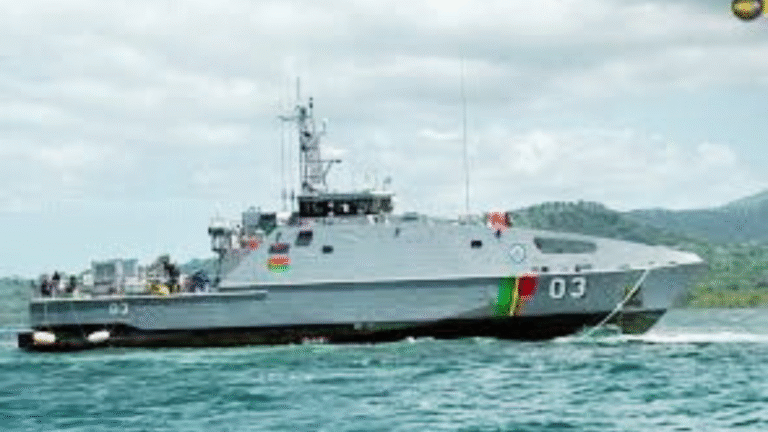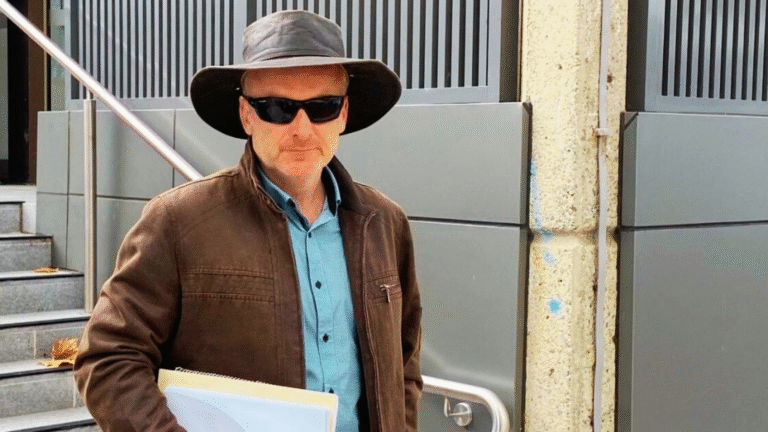Residents of New South Wales are being advised to brace for a powerful low-pressure system expected to bring heavy rain and strong winds along the east coast over the coming week. The Bureau of Meteorology warns this system could develop into an east coast low, one of the most formidable weather events the region faces.
If it forms, it would be the first east coast low in three years. But what exactly are these systems, and why are they so dangerous?
East coast lows are intense low-pressure systems that develop near or on the east coast of Australia. Unlike typical storms, they are characterized by their severe impact, often bringing extreme rainfall, storm-force winds, and large waves.
According to Daniel Hayes, a community information officer at the Bureau, these systems are distinguished by their severity. “They bring extreme rainfall, storm-force winds, and large waves,” he explains.
For a system to be classified as an east coast low, it needs to meet certain criteria. Chief among these is strength. While tropical cyclones form over warm tropical waters, east coast lows are different, though they can produce winds comparable to a category two cyclone.
These systems are among the most significant weather events affecting southeastern Queensland, New South Wales, Victoria, and Tasmania, often causing widespread damage and disruption.









+ There are no comments
Add yours